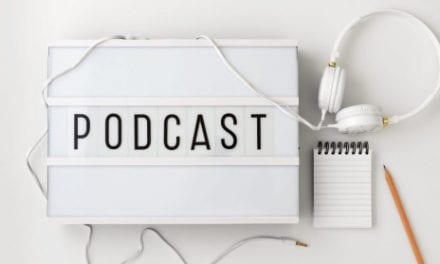“Pain is as diverse as man. One suffers as one can.”
—Victor Hugo (1802-1885), French poet, novelist, playwright, essayist.
 |
Whether it’s an annoying twinge or agonizing pain, from the time humankind began walking upright, most have experienced back pain. Second only to the common cold as cause for worker absenteeism, chronic back pain affects more than 80 million Americans, and costs them upwards of $26 billion annually in search of relief. (That figure combined with insurance costs, worker’s compensation, and lost wages makes for a staggering sum).
|
Search for tips about relieving back pain, at health.nih.gov/ |
|
And, it’s really no wonder our backs ache. The very setup of modern society causes back strain, discomfort, and injury among more—and younger—individuals, prolonged periods sitting behind the wheel in rush-hour traffic, hunched at a computer, or slouching in front of the TV, not to mention inappropriate lifting techniques, sports injury—the list goes on. The result? Chronic lower back pain, sciatica, muscle pain, leg weakness, and circulation and neurological problems in the lower extremities. In addition, the abnormal spinal weight distribution from these seemingly innocent activities can also lead to premature arthritis and joint damage.
As much as back pain itself exists in a vast array of symptoms, so does its treatment. In recent years, the medical arena has witnessed phenomenal surgical and technological advancements in the treatment of back pain. The downside is that surgical treatments are not only invasive, but are sometimes unsuccessful—not to mention frustrating for the person whose pain still lingers. And, surgery is often seen as a “last resort” for those suffering from back pain.
However, in the realm of physical medicine and rehabilitation, therapists prefer to treat the overall picture. By keeping abreast of the latest trends in pain management through such channels as CME courses, rehab therapists can provide clients hands-on pain solutions through a variety of high-tech applications and basic modalities and therapies, such as heat/cold therapy, ultrasound, electrical stimulation, massage, and joint mobilization.
|
For more information regarding the APTA and the physical rehabilitation of short- and long-term injuries and conditions, go to www.apta.com. |
|
As part of a back pain prevention program, therapists can enhance their client’s overall physical and emotional well-being by emphasizing the importance of core strengthening programs, as well as stretching and muscle-conditioning regimens, which will provide them with an impressive arsenal of therapeutic tools that can help eliminate a future of chronic discomfort.
This is, definitely, a case where the old adage of an ounce of prevention being worth a pound of cure holds true. By encouraging patient compliance with an effective back program, therapists can enable their clients to experience a future free of chronic back pain.
—Rogena Schuyler Silverman
To learn more about pain treatment options, read “Seeking Relief” from Rehab Management’s January 2007 issue.





